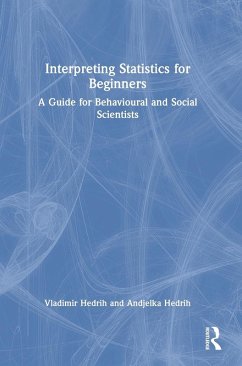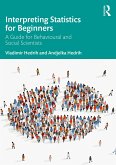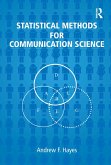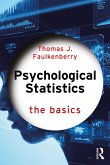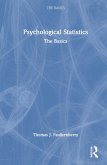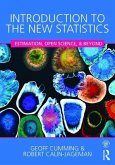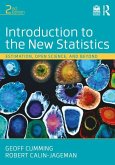Interpreting Statistics for Beginners teaches readers to correctly read and interpret results of basic statistical procedures as they are presented in scientific literature, and to understand what they can and cannot infer from such results.
The first of its kind, this book explains key elements of scientific paradigms and philosophical concepts that the use of statistics is based on and introduces readers to basic statistical concepts, descriptive statistics and basic elements and procedures of inferential statistics. Explanations are accompanied with detailed examples from scientific publications to demonstrate how the procedures are used and correctly interpreted. Additionally, Interpreting Statistics for Beginners shows readers how to recognize pseudoscientific claims that use statistics or statements not based on the presented data, which is an important skill for every professional relying on statistics in their work.
Written in an easy-to-read style andfocusing on explaining concepts behind statistical calculations, the book is most helpful for readers with no previous training in statistics, and also those wishing to bridge the conceptual gap between doing the statistical calculations and interpreting the results.
The first of its kind, this book explains key elements of scientific paradigms and philosophical concepts that the use of statistics is based on and introduces readers to basic statistical concepts, descriptive statistics and basic elements and procedures of inferential statistics. Explanations are accompanied with detailed examples from scientific publications to demonstrate how the procedures are used and correctly interpreted. Additionally, Interpreting Statistics for Beginners shows readers how to recognize pseudoscientific claims that use statistics or statements not based on the presented data, which is an important skill for every professional relying on statistics in their work.
Written in an easy-to-read style andfocusing on explaining concepts behind statistical calculations, the book is most helpful for readers with no previous training in statistics, and also those wishing to bridge the conceptual gap between doing the statistical calculations and interpreting the results.
Dr. Iva Sverko, from the "Ivo Pilar" Institute of Social Sciences in Zagreb, Croatia.
'Understanding statistics means being able to make grounded conclusions about the phenomena that surround us, and this book is a means to it. Starting from basic statistical concepts and ending in correlations and difference testing, this book is an excellent primer on essential statistical knowledge. Thanks to its clarity and practical examples included, this book is easy to read and understand, which makes it appealing for various readers. This book approaches main statistical concepts in an accessible and understandable way and is an extremely valuable reading for students, professionals, and researchers. I am sure that a wide audience will find this book as 'a must have' in their regular work.'
'Understanding statistics means being able to make grounded conclusions about the phenomena that surround us, and this book is a means to it. Starting from basic statistical concepts and ending in correlations and difference testing, this book is an excellent primer on essential statistical knowledge. Thanks to its clarity and practical examples included, this book is easy to read and understand, which makes it appealing for various readers. This book approaches main statistical concepts in an accessible and understandable way and is an extremely valuable reading for students, professionals, and researchers. I am sure that a wide audience will find this book as 'a must have' in their regular work.'

